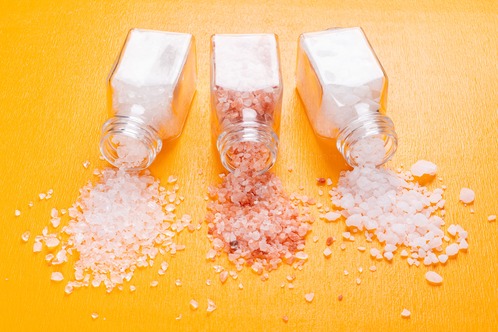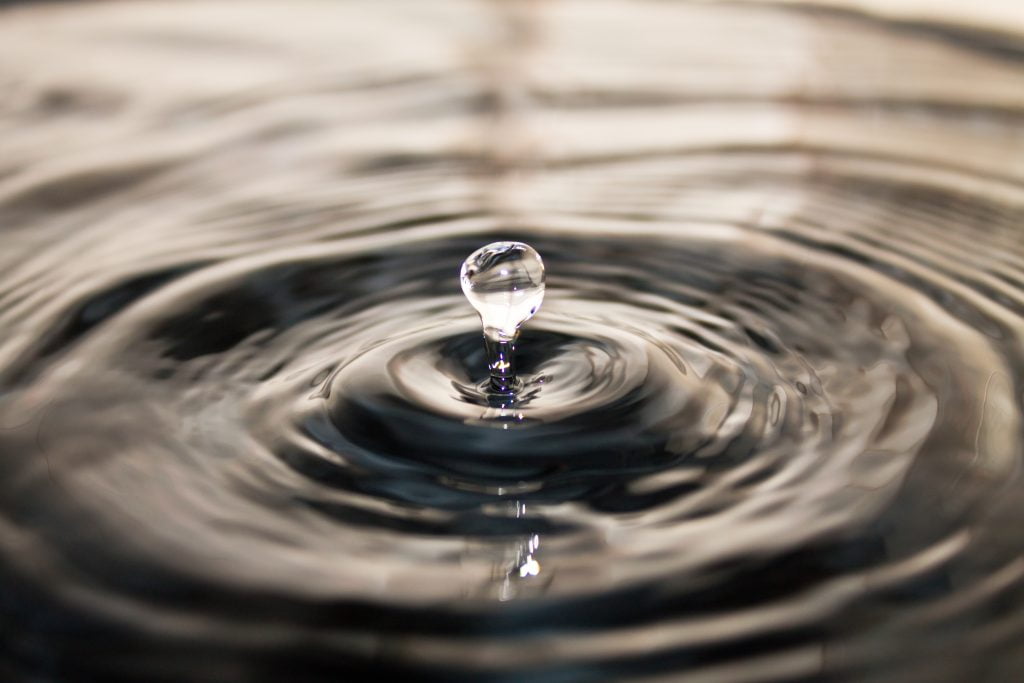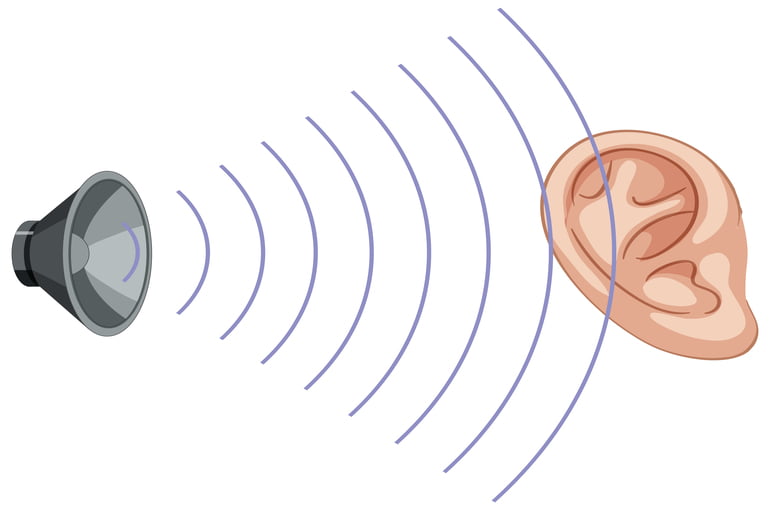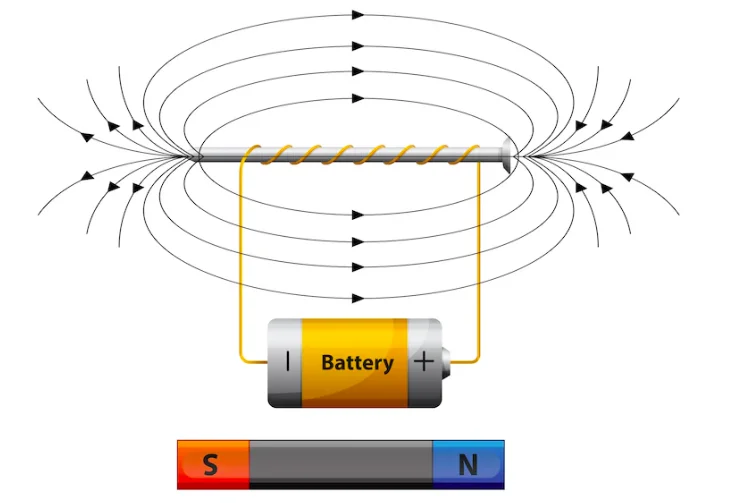Laboratory work #9: «Study of the structure and chemical composition of bones»
In this laboratory work, students study the structure and chemical composition of bones. Using a chicken bone as an example, they observe its external and internal structure and conduct experiments demonstrating the role of organic (collagen) and inorganic (calcium and phosphorus salts) substances.
Laboratory work #9: «Study of the structure and chemical composition of bones» Read More »











